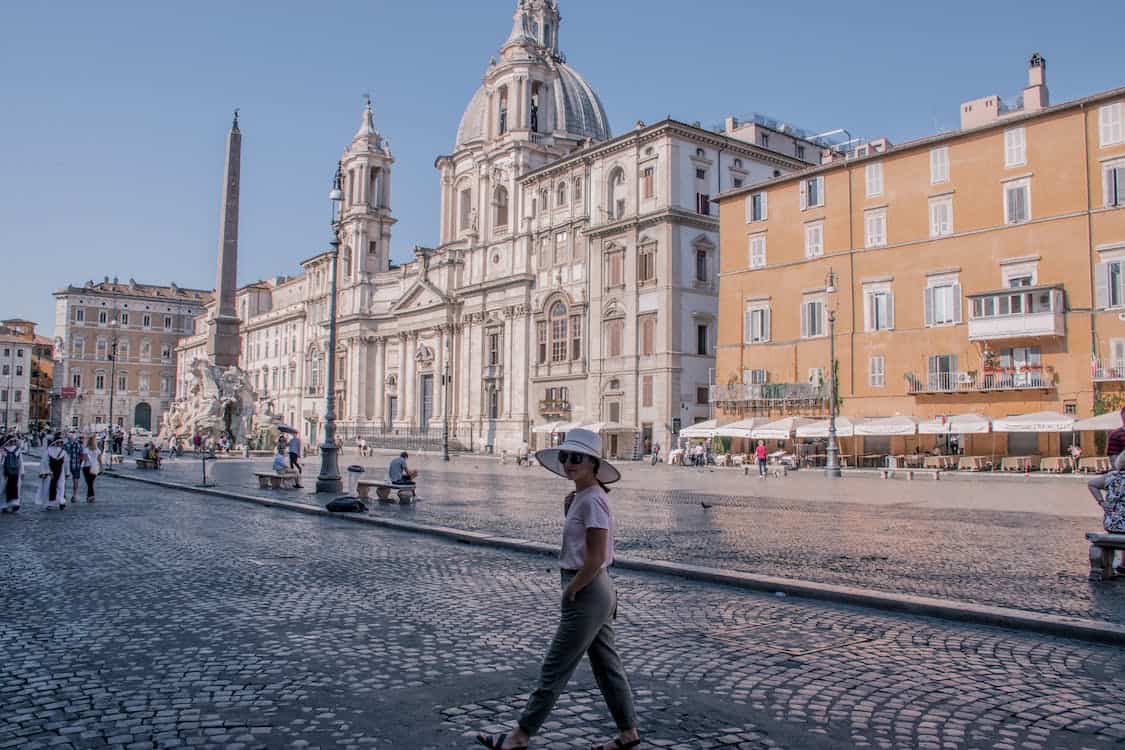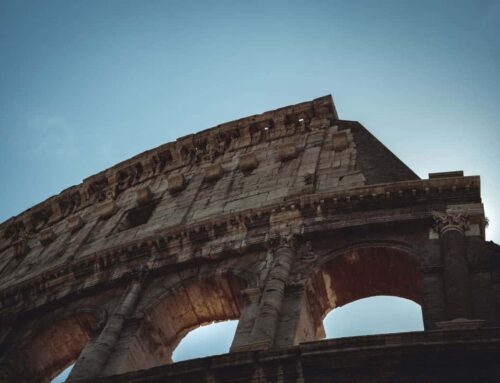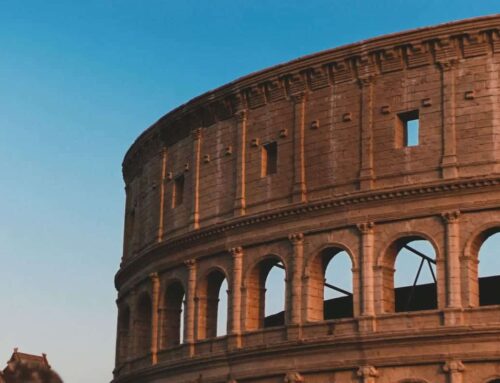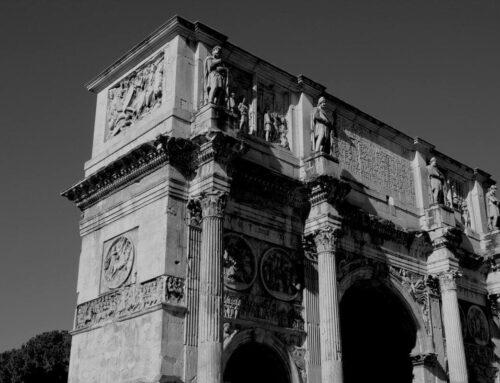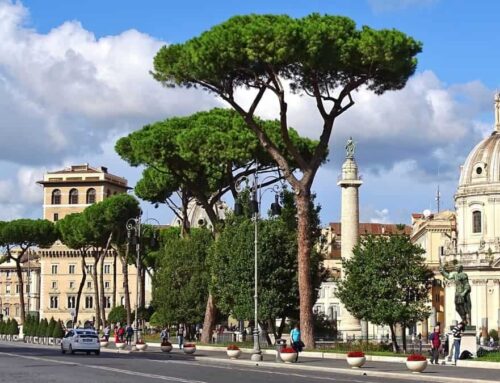Christmas is a truly magical time where families, couples, children, and even the elderly find comfort and warmth. This time of year is illuminated with lights and colors typical of the festive season, transforming the appearance of both our local cities and those abroad. Among these cities, we find the capital, Rome, a metropolis already marvelous for its historical and cultural charm, which further enhances its aesthetic and content value during the Christmas month. In this in-depth look, we examine the Christmas markets in Rome, trying to understand when they occur, their duration, opening hours, and how to get there to visit and admire them.
Christmas in the Roman Capital
As we mentioned, Christmas is one of the few holidays capable of transforming the atmosphere around us, starting with the appearance of Italian metropolises and cities. Rome is a prime example of urban fabric changing its features, thanks to the installation of lights in alleys and squares, or the classic Christmas tree in the city center, not to mention the themed signs of shops and local businesses. In short, a series of modern elements that give the Roman capital an even warmer and more fascinating aspect than its traditional one. But Christmas in Rome is not only lights and colors; it also includes decorations, local craftsmanship, and culinary delicacies, completing a truly unmissable Roman Christmas offering.
Christmas markets in Rome and surroundings
Focusing on the heart of this topic, let’s see how and where the Christmas markets are set up in Rome. Starting with the period from December 1st to January 6th, these renowned stalls offer an endless array of festive decorations, themed home goods, sweet and savory treats of the season, lights, figurines for Nativity scenes, and finely crafted artisan products. This vast compendium of Christmas elements makes it really hard to choose from. There are also many gift ideas, which can be handy if you’re unsure what to give to family, friends, or relatives. Often, people leave Christmas gift shopping to the last minute, and in this sense, the Roman markets come to the rescue.
The Markets of Piazza Mazzini and Navona
Delving into the specifics of the Roman Christmas markets, let’s look at those in Piazza Mazzini and Navona: two nerve centers of the capital. While the former is set up from December 1st to the 30th, the latter continues until January 6th. Wooden houses in both cases host a vast array of objects from the aforementioned holiday, attracting an endless audience that is not only local but also from outside the region and country. Tourists and locals alike flock to the capital specifically to visit the Christmas markets and discover the magical essence of this holiday in Rome. The unique atmosphere experienced during this period among the wooden houses set up in the alleys and squares of the capital is unparalleled. Moments of joy and euphoria that are hard to find in other local and foreign locations.
Other Christmas Wooden Huts in Rome
The Christmas markets in Rome are not limited to the previously mentioned Piazza Mazzini and Navona, but extend to other locations as well. These include Largo de Matha in Trastevere, the Testaccio market, Piazza Risorgimento, and Piazza Vittorio in the Esquilino area. The presence of these Christmas markets in Rome varies, but all reference the month of December and sometimes extend just beyond to the Epiphany. Each area of Rome has its own Christmas market, a strongly supported initiative by the municipal administration, significantly expanding the offer compared to previous years. This emphasis underscores the importance of Christmas in Rome as an annually unrepeatable magical moment. Consequently, there is a strong local push in organizing musical events, setting up lights, and wooden huts that represent, from north to south of Italy, the essence of the holiday season. These arrangements are also eco-sustainable, a significant aspect considering the environmental impact. Hence, Rome’s Christmas offer is both quality and quantity, with attention to ecological details. Eco-compatible huts and energy-saving lights are used to control energy expenditure and consumption, all to ensure a high-profile experience for citizens and tourists, while fitting into a broader economic and environmental community interest.
Giftland and Circus Maximus
Finally, two additional key Christmas attractions connected to the markets are Giftland and Circus Maximus. Giftland, a magical town set up in Piazza Ragusa, also known as the “city of gifts,” is a 6000 square meter space hosting a plethora of gifts ranging from local crafts to artistic illustrations, typical colorful lights, toys for children, and cosmetic products for her. Circus Maximus, on the other hand, hosts another market dedicated to the holiday, with international exhibitors offering diverse gift ideas and interesting insights. In both these areas, as well as the aforementioned squares, access is possible through various transportation services, including NCC (car rental with driver). Therefore, in Rome, Christmas markets are a primary attraction for both gift shopping and entertainment for adults and children.
